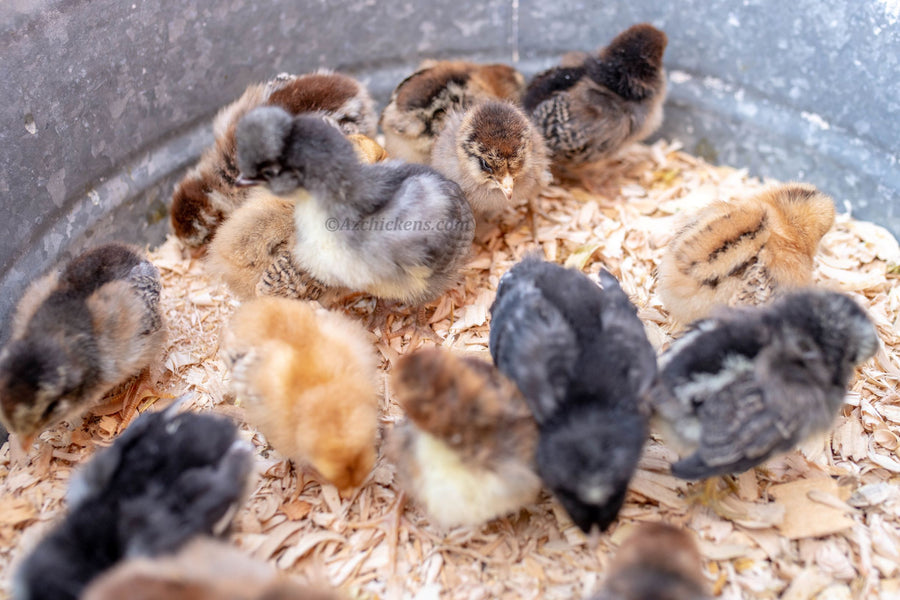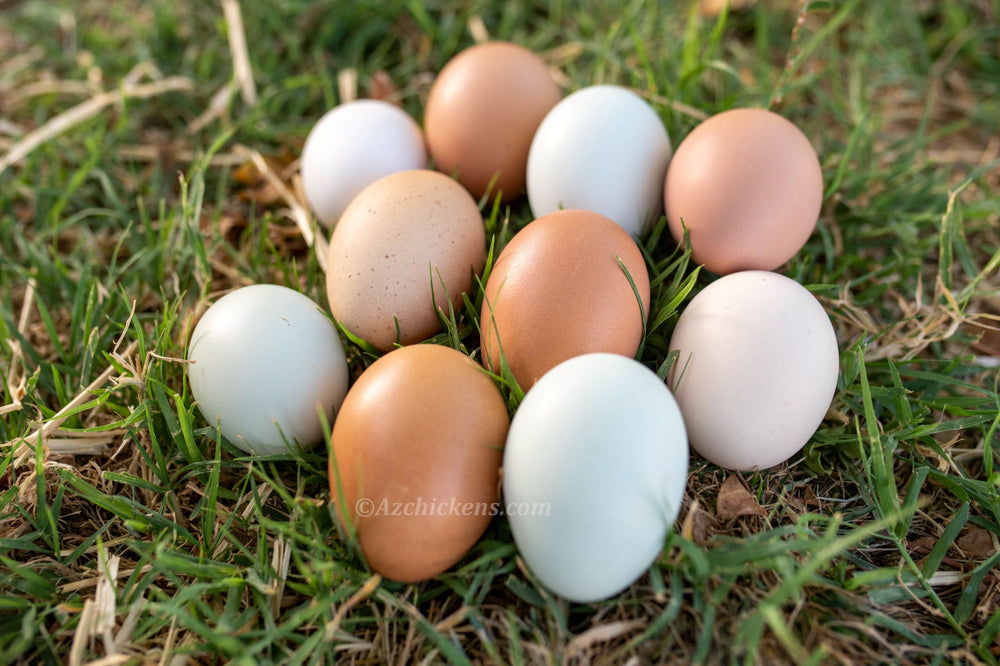Radish - Watermelon - Raphanus sativus
Hardy Annual Heirloom. A uniquely colored and very large radish, the watermelon radish grows to about 4" causing it often to be mistaken for a turnip. It has green shoulders that fade to brilliant white on the exterior and bright pink inner flesh. The white part is hotter and the interior is peppery-sweet. Watermelon radishes are an extremely mild radish.
Did You Know? The Watermelon Radish is a type of daikon radish that is called Shinrimei in its native land of China.
Soil and Water: Radishes prefer well-drained soil with plenty of added organic matter. They have low nutrient requirements; especially avoid excess nitrogen to promote good root development. Preferred soil pH is 6.0-7.0.
Planting and Growing: Watermelon radish seeds are best grown in cool weather for optimal development. Sow these seeds directly in late summer or fall, as growing them in warmer spring temperatures may cause the radishes to bolt instead of forming nice, round roots.
Harvesting and Storage: Harvest is best when 3" or so in diameter. Watermelon radishes grow milder and woodier the longer you wait to harvest them. May keep 1-2 weeks in the fridge.
Soil Temperature: 45-95°F
Planting Depth: 1/2"
Germination: 4-12 Days
Height At Maturity: 4"-6"
Days to Maturity: 55 Days
Sun/Shade: Full Sun
Spacing After Thinning: 3"
Approx Seeds per Pack: 200 Seeds
Watermelon radishes are a delightful and visually striking addition to any garden. These vibrant, organic seeds, available from Peaceful Valley Farm & Garden Supply, offer the opportunity to grow a unique and colorful variety of radish.
Characteristics
Organic watermelon radishes, scientifically known as Raphanus sativus var. radicula, are renowned for their stunning appearance. These radishes are not like the conventional red or white varieties you may be accustomed to. Instead, they feature a captivating and visually appealing flesh that resembles the vibrant colors of a watermelon. The outer skin is typically green and pale, while the inner flesh ranges from pale pink to deep magenta, creating a striking contrast.
Growing Requirements:
-
Soil: Watermelon radishes thrive in well-drained, fertile soil. Loose and loamy soil with a pH level between 6.0 and 7.0 is ideal. Prepare your garden bed by amending the soil with compost to ensure optimal growing conditions.
-
Sunlight: These radishes require full sun exposure for at least six hours a day. Ensure they receive adequate sunlight to promote healthy growth and vibrant colors.
-
Watering: Keep the soil consistently moist, but avoid overwatering to prevent rot. Regular, deep watering is crucial during the growing season.
-
Temperature: Watermelon radishes prefer cool weather and are best grown in spring or fall. They can tolerate light frosts but should be protected from harsh freezing temperatures.
-
Spacing: Plant the seeds about 1 inch apart in rows, with rows spaced 12 inches apart. Thin the seedlings to allow proper spacing, ensuring they have enough room to develop.
-
Maintenance: Regularly remove weeds and provide organic mulch to conserve soil moisture and suppress weed growth. Fertilize with a balanced organic fertilizer as needed.
Culinary Uses
Watermelon radishes are not only visually appealing but also offer a mild, slightly peppery flavor with a hint of sweetness. Their unique appearance makes them an excellent addition to salads, slaws, and other dishes where their colors can shine. Here are some culinary ideas:
-
Fresh Salads: Slice the watermelon radishes thinly and add them to your favorite salads for a pop of color and flavor.
-
Pickling: Watermelon radishes can be pickled to preserve their unique colors and flavors. They make an attractive addition to relishes and pickled vegetable platters.
-
Roasting: Roasting watermelon radishes brings out their sweetness and mellows their peppery taste. Toss them with olive oil, salt, and your favorite seasonings, then roast until tender.
-
Garnishes: Use thin slices of watermelon radish as a vibrant garnish for various dishes, including sushi, appetizers, and main courses.
-
Radish Chips: Slice watermelon radishes thinly and bake or dehydrate them to create healthy and colorful radish chips.
Organic watermelon radish seeds from Peaceful Valley Farm & Garden Supply offer gardeners a unique and visually striking addition to their gardens. With the right growing conditions and care, you can enjoy these delicious and vibrant radishes in various culinary creations. So, consider adding watermelon radishes to your garden for a colorful twist on this classic root vegetable.
See our full list of non-GMO and organic seeds for sale.
Use collapsible tabs for more detailed information that will help customers make a purchasing decision.
Ex: Shipping and return policies, size guides, and other common questions.
Affiliate Discretion
AZ Chickens participates in affiliate marketing programs. This means that we may earn a commission or receive compensation for recommendations made through our site.
It's important to note that using our affiliate links does not result in any additional cost to you. The priice of the product or servicve remains the same.
Our primary goal is to provide valuable and helpful content, products and services to our customers. Any earnings from affiliate links, or purchases help support our homestead.










